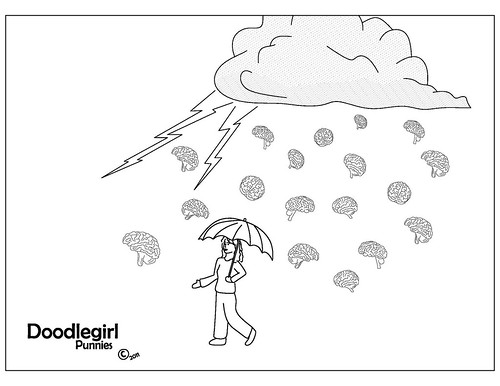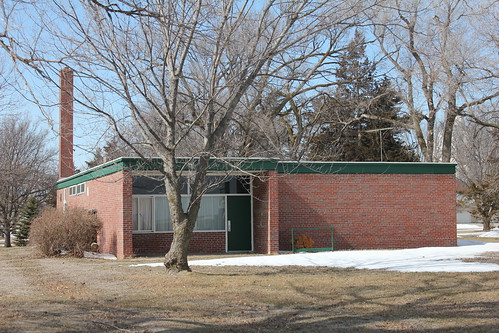
Make your own error messages: https://atom.smasher.org/error/
I reach up and my head is still attached. No one has suggested counseling or visiting doctors. I must be faking sanity quite well.
This Course 5 unit rewrite is stressing me out. You all know we teachers never have enough time. Never. When does a teacher ever really have free time? I don’t. As the trimester ends with massive grading and report writing not to mention a myriad of other stressors and the new trimester begins with what is supposed to be this unit for Course 5, I’m wondering if I bit off more than I could chew.
After working on a timeline for the rest of the school year blocking out my unit lessons, labs, and assessments, I would like to say I collapsed in a heap but that would just be me being dramatic. I actually felt a mixture of relief and horror. In this last trimester we have less than 30 class periods to cover the material due to spring break and our week-without-walls program. That caused the horror. The relief came from making a good crack into the planning of this unit and the realization that perfection does not have to be the goal.
I realized that I just can’t do everything I was thinking and do it well. I constantly have to remind myself thinking I can achieve perfection the first time out of the gate is really just setting myself up for failure. So I’ve changed my mind on some things. I’ve decided that I can always improve on this unit next year.
So here is where I am at –
I will:
I will create flipped videos of last year’s already prepared presentations for notes. I will give the students the opportunity to work ahead if they like. I will give them a timeline of labs and assessments so they understand when they must have the work done. I will give them spare time in class to work on their 20% project. I will connect the book Wonder to our work with Punnett Squares.
I will work on:
I will work on giving choice in evidence of learning. It won’t be what I thought it would be – substituting quizzes and other assessments with choice of assessment – but I will work on giving choice as often as possible in my class activities.
I won’t until next year:
I won’t try to give standards based feedback until next year. For real, I just need to learn a lot more about it to feel comfortable with something like that. Feedback is not something I want to muddle around with. I want to be clear in my feedback. I won’t press a unit based project until next year. I have been wondering if what I need to do is break down this 20% project into 3 parts. First Trimester – free choice of topic under the umbrella of Life Science; Second Trimester – the Ecology Project that we just implemented integrating with the Humanities classes; Third Trimester – 20% type project but focused on life cycles, genetics, heredity, DNA, cloning, etc.
I am really excited about the fact that not only my students but also the other 7th grade science students will be trying this out. I currently am working with a long-term sub who is happy to take on whatever I’m doing and give it a try. I think it will give me a great opportunity for feedback from a broader audience than just my own students.
Still, I find myself repeating a mantra paraphrased from the book Peace is Every Step by Thich Nhat Hanh:
Breathing in I calm myself – Breathing out I smile
Just keep breathing….




















